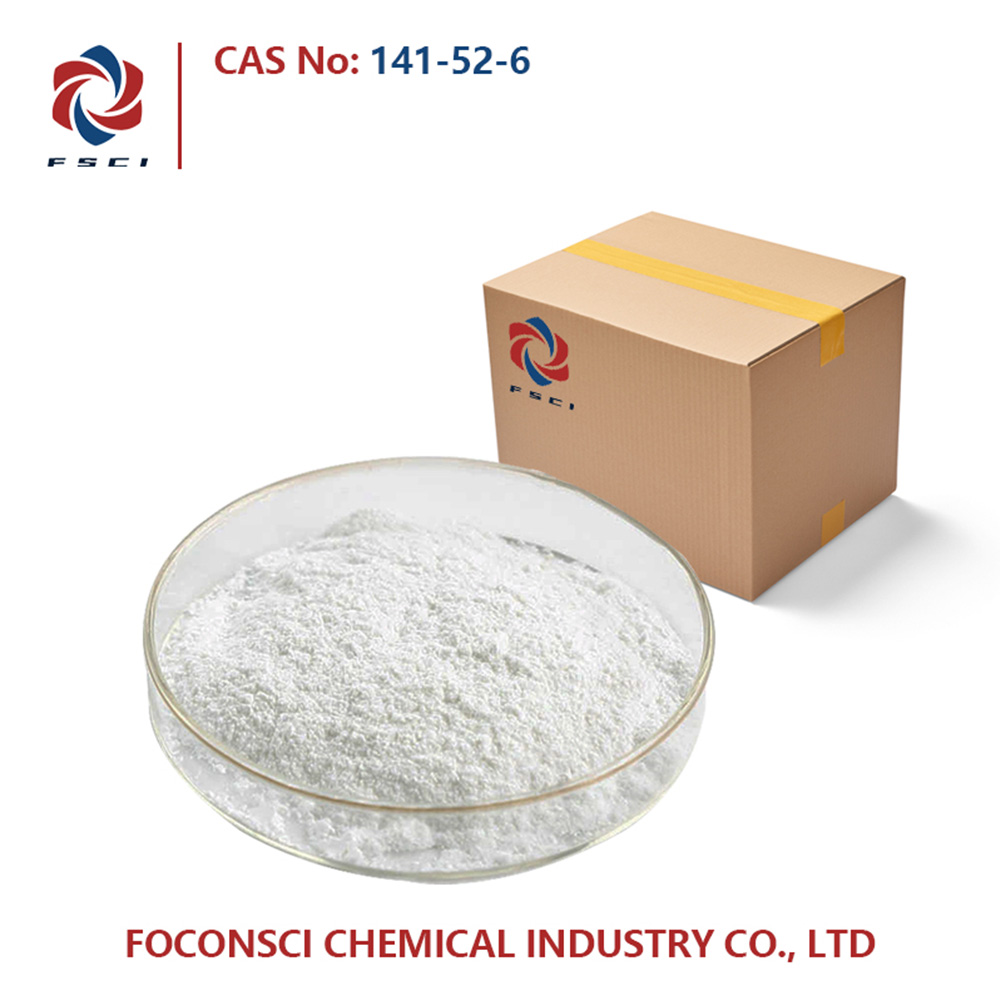Application Fields and Industry Prospects of Sodium Ethoxide
Sodium ethoxide also known as C2H5ONa is widely applicable in organic chemistry as a strong reagent and an important compound in different industries. This article focuses on its application fields and industry prospects by discussing about its benefits, precautions, quality, uses and proper methods of usage.
Advantages of Sodium Ethoxide
Sodium ethoxide has some outstanding features which are not possessed by any other substance, making it suitable for chemical reactions. It is known to be a powerful base and nucleophile which is very useful in deprotonation processes and nucleophilic substitution reactions. It acts quickly due to its high reactivity, accelerating chemical reactions. This compound dissolves in ethanol together with other polar solvents so that it can be used widely across various industries which need such kind of solvents. Sodium ethoxide tends to be cheaper than most strong bases economically when undertaking large-scale operations.
Precautions When Using Sodium Ethoxide
Despite the numerous advantages associated with sodium ethoxide; there is need for caution while handling it because of its reactivity. The substance catches fire easily and reacts violently with water to produce ethanol and sodium hydroxide which may harm individuals. It should be kept in a closed container away from moisture and sources of sparks since even slight exposure can lead to disastrous outcomes. Appropriate protective clothing like gloves, goggles and lab coats ought to be worn throughout the experiment so that no part of body gets exposed to direct contact with this chemical. Working under fume, hood or well-ventilated place will help prevent inhalation of vapors produced by sodium ethoxide. Strict observance of safety rules combined with adequate knowledge about the product is necessary for accidents prevention during its use.
Quality Control Measures for Sodium Ethoxide
The quality control aspect cannot be ignored when dealing with sodium ethoxide especially in the pharmaceuticals and fine chemical industry where purity levels must be maintained at all times. High grade sodium ethoxide is normally in form of a white to off-white powder or granules and should not contain any impurities like sodium hydroxide or carbonate. Manufacturers have put stringent measures in place to ensure that this compound remains standardized throughout its production process. Such methods of analysis as titration, spectroscopy and chromatography are often employed in checking for purity of sodium ethoxide besides verifying whether it meets industrial requirements or not.
Different Uses of Sodium Ethoxide
Sodium ethoxide has found a wide range of applications across different sectors. In organic synthesis, it is majorly used during the preparation process for esters, ethers and alkoxides. This compound can also deprotonate weak acids, becoming an important reagent needed for carbon-carbon and carbon-oxygen bond formation reactions. Pharmaceutical industry relies on sodium ethoxide greatly when making active pharmaceutical ingredients (APIs) together with intermediates required during their synthesis. Biodiesel production heavily depends on this substance since it acts as catalyst during transesterification reactions where triglycerides are converted into methyl esters and glycerol salts. Apart from these uses, agrochemical manufacturing, polymerization processes use sodium ethoxide as a catalyst in various industrial operations.
Correct use of sodium ethoxide
It is important to use best practices with sodium ethoxide for their full potential to be realized. It should be kept in a dry and cool place with good ventilation, labelled correctly and tightly sealed. When preparing solutions slowly add it to dry ethanol so as not produce heat or splash. For accurate measuring of reagents during calibration too much or too little should not be used as this can affect outcomes where reaction takes place. Stir continuously when doing chemical reactions so that they mix uniformly leading to efficient energy utilization throughout the process. After use, neutralize any remaining substance with appropriate acidic solution then dispose of according to local laws governing hazardous waste.
Attention: Sodium Ethoxide Users
This segment underscores accountability among users of sodium ethoxide. Knowledge about its properties, possible dangers and handling procedures is crucial for safety precautions while maximizing on its usability. All personnel should undergo mandatory periodic training on safety measures and emergency response towards incidents related to sodium ethoxides usage. Eco-friendliness also needs consideration whereby ecological impacts are reduced through proper methods of discarding them after use. A safer working environment can be achieved through collaboration between manufacturers, regulators and end-users which will also promote sustainability in the application of this chemical.
Sodium ethoxide remains one of the most flexible reagents used both in laboratories and industries alike. Responsible care while using it cannot be overemphasized even though there are many benefits associated with this compound. Innovation at different levels will continue being relevant if only high-quality standards can be maintained with a deeper understanding about its various applications. Based on changing industrial needs; there still lies a lot ahead for C2H5Ona, underscoring its significance towards advancement in chemical technology


 EN
EN
 AR
AR
 BG
BG
 HR
HR
 CS
CS
 DA
DA
 NL
NL
 FI
FI
 FR
FR
 DE
DE
 EL
EL
 HI
HI
 IT
IT
 JA
JA
 KO
KO
 NO
NO
 PL
PL
 PT
PT
 RO
RO
 RU
RU
 ES
ES
 SV
SV
 TL
TL
 IW
IW
 ID
ID
 LV
LV
 LT
LT
 SR
SR
 SK
SK
 VI
VI
 HU
HU
 TH
TH
 TR
TR
 GA
GA
 CY
CY
 KA
KA
 LA
LA
 MN
MN
 KK
KK
 LB
LB


